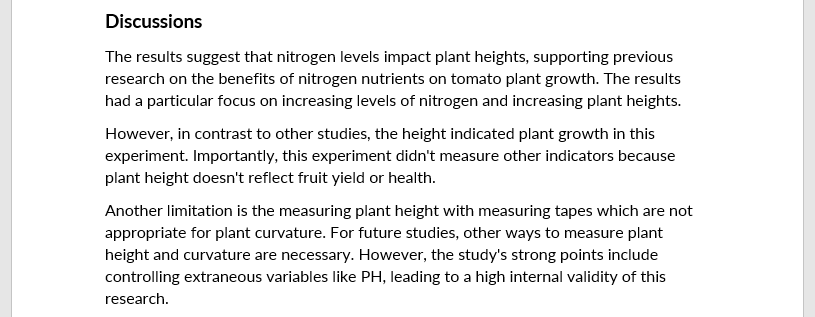
As a student who’ll require analysing experiments, lab reports are an essential part of your curriculum and are usually necessary for your grades. A lab report is a critical aspect of academic writing in the sciences, providing a structured method for documenting experimental procedures and findings. This form of writing is essential for communicating scientific results and contributes to the broader scientific dialogue by sharing knowledge and promoting reproducibility of research.
Definition: Lab report
A lab report conveys a scientific experiment’s methods, purposes, results, and conclusions, like testing the viscosity of different liquids in the kitchen.
The primary aim of a lab report is to show that you understand a specific scientific method by performing a hands-on lab experiment.
Most individuals use lab reports in STEM fields (Science, Technology, Engineering, and Mathematics).
Lab report essentials
Lab report essentials contain the methods used, the study’s purpose, and the outcomes of a lab experiment. Structure a lab report in the following way:
Title
In a lab report, your title is your reader’s first impression and communicates the findings or topic of your research.
It should inform your readers of:
- Your research’s purpose
- and primary focus.

Abstract
Write an abstract in the past tense at the end of your report. An abstract gives readers a preview of your study in about 150-300 words and a summary.
It shows:
- The materials and methods
- research aims,
- conclusion,
- and main results.

Introduction
This lab report section introduces your audience to your research topic and study’s focus. Structure your introduction using an inverted triangle or funnel method:
- Generally, start with the broader research topic
- Narrow the issue down to your specific study focus
- Finish with a clear and specific research question
Start by providing background information on your research topic and why it’s essential in a real-world context. Describe your previous studies on the subject and state how your study may expand, fill a gap or confirm your research.

Hypotheses
Next, detail the theoretical basis for your study and describe any relevant equations or laws that you’ll use. Let your hypotheses show your main expectations and research aims.

Method
In your lab report, write the methods you used to collect and analyse data in the past tense. Describe the following:
- Experimental design: Note whether your study is a between-subjects or within-subjects design.
- Subjects: Place humans in demographics and animals in genetics – state how you recruited subjects and their number per condition per group.

- Materials: List materials you used and model names for all specialized equipment.


- Procedures: Note down the steps you took to collect information chronologically.

Results
State any results you took from any statistical analysis procedure in this lab report section to show how they refute or support your previous hypotheses. Your results may include:
- Any descriptive statistics
- Statistical test results
- The importance of your test results
- Estimates of confidence intervals or standard errors
Report your results using tables and figures where appropriate, highlight critical developments and show related variables using graphs. Also, include sample calculations for complex experiments. Refer to raw data in the Appendices section when highlighting any outliers or trends.

Discussion
Demonstrate your critical thinking skills and understanding of the experiment process in the discussion section of the lab report. Here, you can:
- Interpret your results
- Compare your expectations and findings
- Identify experimental error sources
- Explain unexpected results
- Suggest potential improvements for further research
Report whether your results answer your research question and support your hypotheses.
A practical discussion section also highlights the limitations and strengths of your study.
Use specific examples when describing limits. For instance, if random errors contributed to your research, write “imprecise apparatus” and suggest improvement methods.

Conclusion
The conclusion is the last part of your lab report and summarizes your findings, giving a brief overview of your study’s strengths, limitations, and implications.
While some reports may remove this section for overlapping with the discussion section, consult with your instructor before doing so.
- ✓ 3D live preview of your individual configuration
- ✓ Free express delivery for every single purchase
- ✓ Top-notch bindings with customised embossing

FAQs
A lab report has different sections depending on the research field. However, they all contain:
- Title
- Abstract
- Introduction
- Methods
- Results
- Discussions
- Conclusions
- References
- Appendices
Course instructors usually give you a procedure and experimental design, allowing you to experiment to evaluate the outcomes in a lab report.
A research paper requires you to develop an initial argument, do in-depth research, and interpret your data and sources.
A lab report is generally 5 to 10 pages, including tables and figures, depending on your experiment; however, there’s no set page limit.
